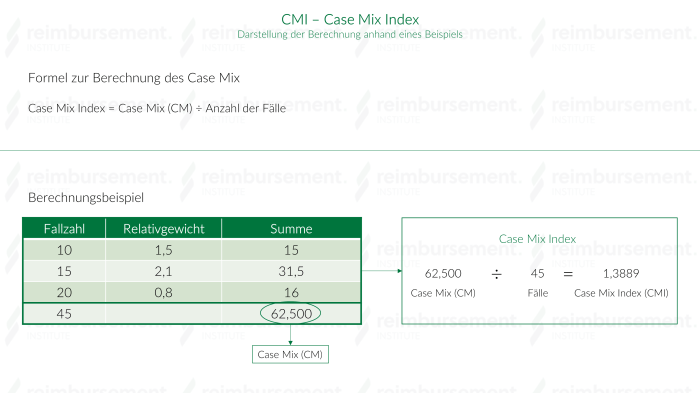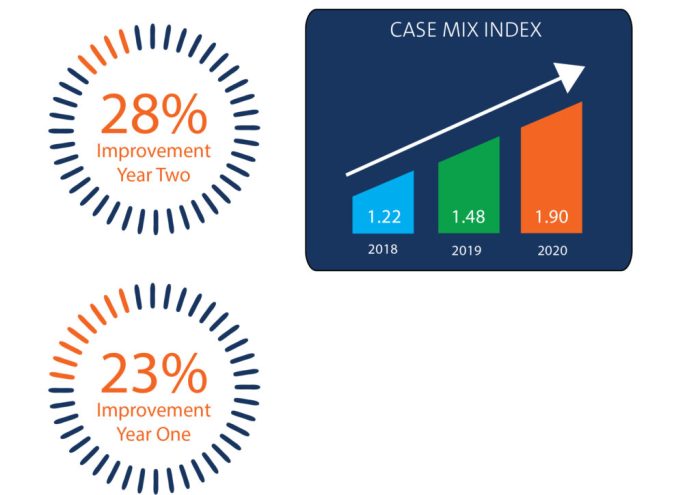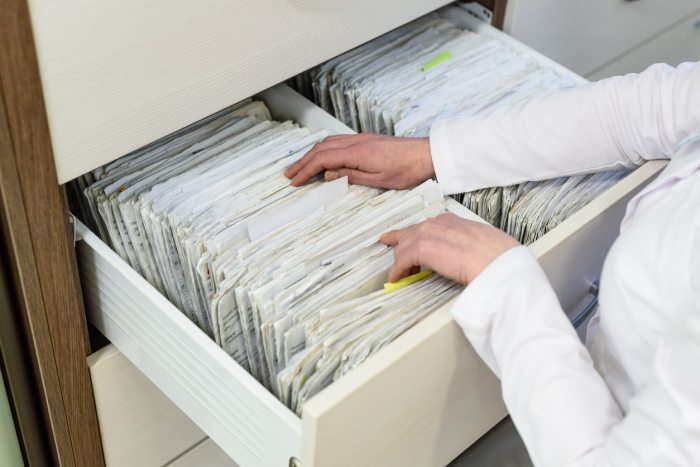What is needed to determine a facility’s cmi – Determining a facility’s Condition, Maintenance, and Improvement (CMI) is crucial for optimizing its performance and longevity. Understanding the facility’s characteristics, usage patterns, condition, management practices, and environmental factors are essential elements in this assessment.
This comprehensive guide delves into the key considerations for each aspect, providing a thorough understanding of what is needed to determine a facility’s CMI.
Determining Facility Characteristics: What Is Needed To Determine A Facility’s Cmi

Understanding a facility’s physical attributes is crucial for determining its CMI. Facility characteristics such as size, layout, and infrastructure impact CMI by influencing the cost of operations, maintenance, and repairs.
Size
The size of a facility, measured in square footage or volume, affects CMI by impacting the amount of space required for operations, the number of employees needed, and the cost of utilities.
Layout, What is needed to determine a facility’s cmi
The layout of a facility, including the arrangement of rooms, corridors, and equipment, influences CMI by affecting the efficiency of operations, the flow of traffic, and the ease of maintenance.
Infrastructure
The infrastructure of a facility, such as electrical systems, plumbing, and HVAC, plays a role in CMI by determining the reliability and efficiency of operations, the cost of maintenance, and the potential for disruptions.
Identifying Facility Usage

Assessing how a facility is utilized is essential for determining CMI. Data on occupancy, traffic patterns, and equipment usage provides insights into the facility’s efficiency and potential for improvement.
Occupancy
Occupancy data, including the number of people using the facility and the duration of their stay, helps determine the facility’s capacity and the need for expansion or renovation.
Traffic Patterns
Traffic patterns, such as the flow of people and materials through the facility, can identify areas of congestion and inefficiency, leading to improvements in facility design and operations.
Equipment Usage
Monitoring equipment usage, including the frequency and duration of use, helps identify underutilized or overutilized equipment, enabling better allocation of resources and cost optimization.
Evaluating Facility Condition

Assessing a facility’s physical condition is crucial for determining CMI. Key indicators to consider include maintenance records, inspection reports, and energy efficiency ratings.
Maintenance Records
Maintenance records provide a history of repairs and replacements, indicating the condition of the facility and the potential for future maintenance costs.
Inspection Reports
Regular inspections by qualified professionals identify potential issues, such as structural damage, electrical hazards, and plumbing leaks, enabling proactive maintenance and reducing the risk of costly repairs.
Energy Efficiency Ratings
Energy efficiency ratings, such as Energy Star certifications, indicate the facility’s energy consumption and operating costs, influencing its environmental impact and CMI.
Frequently Asked Questions
What is the purpose of CMI assessment?
CMI assessment helps facility managers evaluate the condition, maintenance, and improvement needs of a facility to optimize its performance and longevity.
What are the key elements of CMI assessment?
Facility characteristics, usage patterns, condition, management practices, and environmental factors are the key elements considered in CMI assessment.
How does data analysis contribute to CMI determination?
Data analysis allows facility managers to organize and interpret collected data, providing insights into facility performance and helping determine the appropriate CMI measures.
